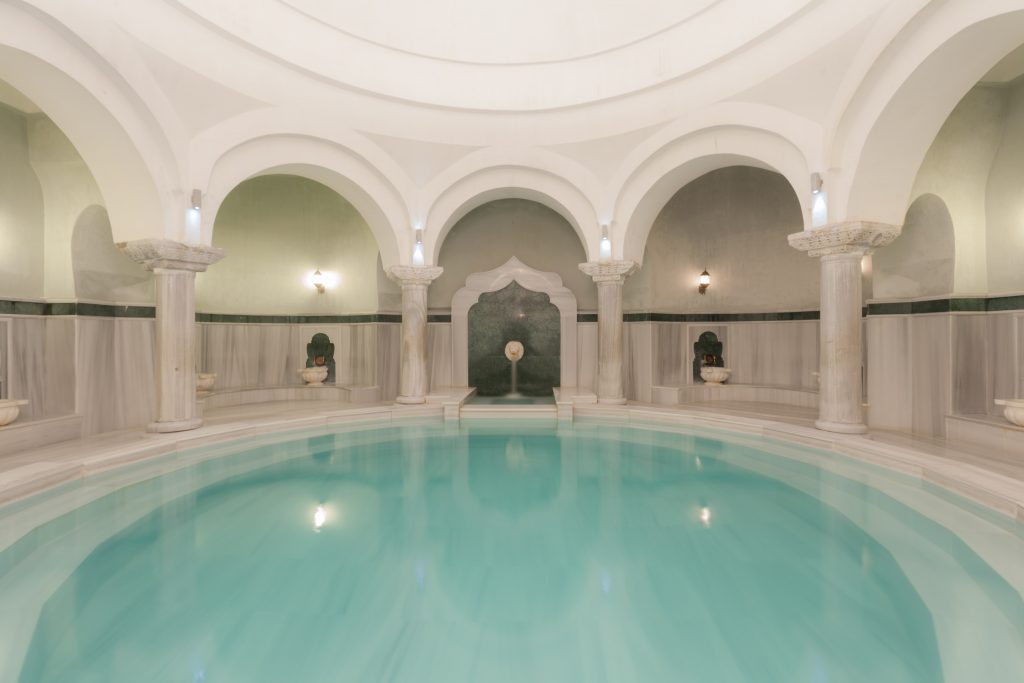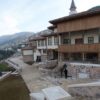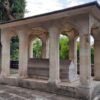Balneological Classification
According to the results of physico-chemical and bacteriological analysis of the water sample taken from the natural spring outlet of Bursa Çekirge location, thermal water properties, the natural temperature of the examined water is over 20°C (40°C) and its total mineralization is below 1000 mg/L (570). , 109 mg/L). With these features, it is included in the Acrotothermal waters group in balneology. One of the characteristics of acreothermal waters is that they contain trace elements.
Balneo-biological Features
Thermal Water Properties, in the water sample examined; Nitrite was found to be 0.036 mg/L and nitrate was 6.60 mg/L. Since these levels are below the warning levels of 0.1 mg/L for nitrite and 50 mg/L for nitrite, it can be said that the thermal water is not exposed to organic pollutants.
Use in Balneological Treatments
Balneotherapeutic use of this examined Acrotothermal water can be in the form of bathing and drinking applications. Due to its metasilicate acid content, it has a beneficial effect on the skin specifically in bath applications. Due to its acrotothermal properties, it can benefit from its analgesic, spasmolytic, sedative and endocrine functions regulation and cosmetic effects on the skin.
Additionally, depending on its thermal and mechanical effects, beneficial effects are expected in bath cures. Due to the relatively high fluoride level, drinking cures are likely to have positive effects specifically on teeth and bones. It can be used as a balneotherapeutic agent in bath cures (balneotherapy) or in water exercise therapy (balneokinesitherapy) in the following cases;
Rheumatic diseases
Degenerative joint diseases
Inflammatory rheumatic diseases
Soft tissue rheumatisms (Example: Fibromyalgia)
Traumatic Lesions of the Locomotor System
Some skin diseases (Example: Psoriasis, Dermatitis)
Neurovegetative Dystonias (Example: Sudeck Syndrome)
Neuralgias (Example: Sciatalgia)
In Old Age (Rejuvenating Cure)
Menstrual Cycle Disorders
Dysregulation of the Endocrine System
Source: T.R. Istanbul University Istanbul Faculty of Medicine Department of Medical Ecology and Hydroclimatology



